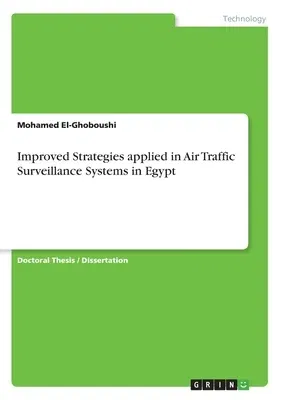Doctoral Thesis / Dissertation from the year 2018 in the subject
Engineering - Aerospace Technology, grade: Excellent, Suez Canal
University (Faculty of engineering), language: English, abstract:
Nowadays, many researchers pay much attention to Multilateration
localization process in air traffic control. This thesis deals with
system geometry effect on target localization process. Modifications are
proposed in both the sensors deployment network and the algorithm
sequence used. The work will be on a 3 steps: First, working on a small
cell network taking minimum number of sensors. Different optimal sensor
deployment methods will be examined and a pilot area will be chosen from
a Multilateration network at Cairo International Airport, 05L Runway
(RW). Simulation for a single aircraft is performed and the results are
compared. Second, the deployment method that gives the best results in a
small cell network will be considered and a new sensors deployment
covering an area larger than the existing one is proposed, trying to
have the same performance of the existing system with the advantage of
decreasing the number of sensors. Finally, the proposed Multilateration
network is divided into 9 main clusters and 4 backup clusters instead of
using all sensors in localization process, and the cluster that has the
least PDOP (position dilution of precision) is selected. To enhance the
localization process only the cluster that has least PDOP


